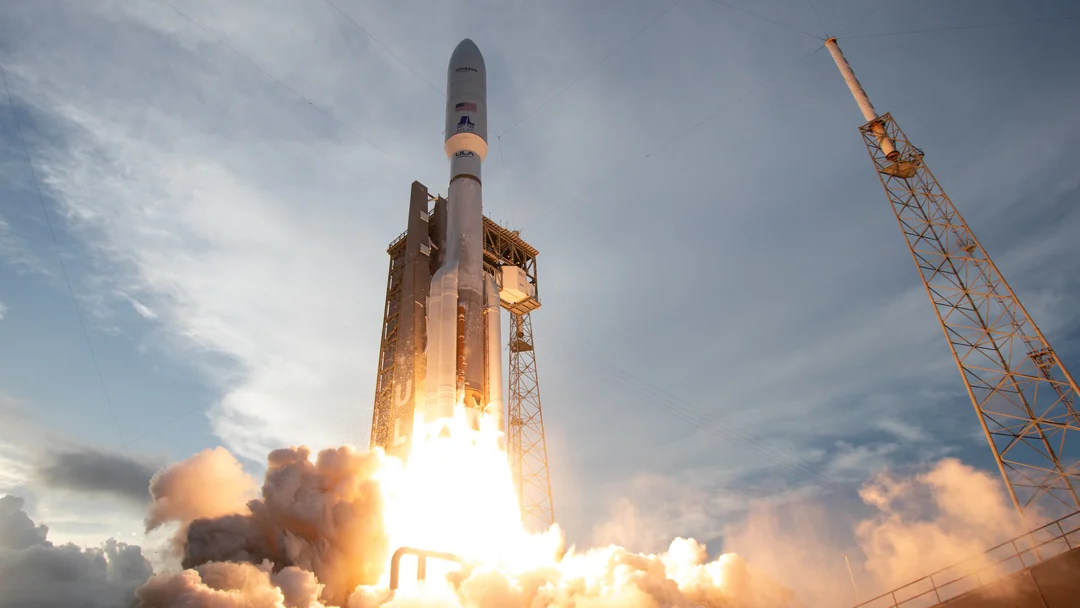
Satellite Traffic Jam: Experts Warn of Perilous Future as Earth’s Orbit Gets Crowded
The race to dominate low Earth orbit is heating up, but experts are warning that the surge in satellite constellations could lead to a dangerous future for space and humanity. With companies like SpaceX and Amazon launching thousands of satellites to provide high-speed internet, the risk of collisions and space debris is increasing exponentially.
Currently, thousands of satellites are zipping around the Earth, with SpaceX's Starlink leading the pack with over 7,000 satellites launched since 2019. Amazon is now entering the fray, having recently launched the first 27 satellites for its Kuiper broadband internet constellation. They face a deadline to launch half of their planned 3,200 satellites by July of next year, or risk losing their federal license. China is also in the game, planning massive constellations under projects such as Guowang and Qianfan.

Dr. John Crassidis, a professor at the University of Buffalo, cautioned, "If we don’t do something to start correcting this problem, in 50 years Kessler Syndrome is going to be a reality and low-Earth orbit is going to useless." Kessler Syndrome describes a scenario where the sheer volume of satellites and debris leads to a cascading effect of collisions, rendering low Earth orbit unusable.
Hugh Lewis, a professor of astronautics at the University of Southampton, echoed this concern, stating, "I just don’t think that we can safely manage the number of satellites that are being contemplated; not with our existing knowledge of the space environment." Dr. Jonathan McDowell, an astrophysicist at the Harvard-Smithsonian Center for Astrophysics, added, "We’ll see more and more satellites doing avoidance maneuvers. What is the point at which they start to actually crash into one another because the algorithms aren’t good enough? We just don’t know."
Beyond the active satellites, tens of thousands of other objects and hundreds of thousands of smaller, untrackable pieces pose a significant threat. Astronauts on spacewalks are particularly vulnerable, as even small pieces of debris can cause critical damage.

While SpaceX is taking steps to deorbit older satellites, the overall impact on Earth's atmosphere remains unclear. Furthermore, inconsistent regulatory standards across different nations contribute to an uneven playing field, notes Lewis.
China's ambitious plans include a space traffic management system to handle at least 100,000 satellites. The China National Space Administration (CNSA) has launched the Commercial Space Innovation Alliance, aiming to improve spacecraft coordination and prevent collisions. Meng Lingjie, CNSA Earth Observation and Data Director said, "We must meet the demands for rapid and flexible launches, enabling large-scale networking and large-scale operations... Once satellites are in orbit, we must prevent collisions, ensure coordinated services among satellites and maintain safe collaboration with satellites operated by international providers."

The growing number of satellites also presents scientific challenges, potentially interfering with astronomical observations. As NASA plans missions to the moon and Mars, navigating the increasingly crowded and debris-filled orbit will become even more complex.
The stakes are high, and the potential consequences of inaction are severe. What measures need to be taken to ensure the long-term sustainability of space exploration? Share your thoughts and insights in the comments below!